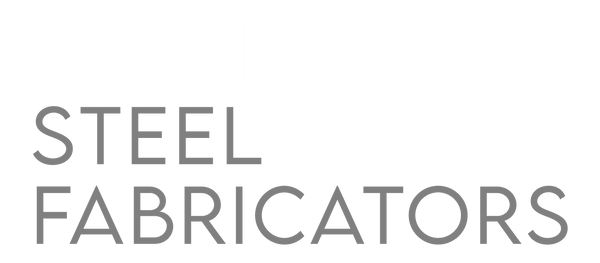Steel Fabrication for the Transport and Infrastructure Industries
Share
Across Melbourne, steel fabrication plays a key role in shaping the structures and systems that keep people and goods moving. From vehicle production to large-scale bridges and public transport hubs, fabricated steel is central to the design, durability, and function of the infrastructure that supports modern life.
Industries such as shipping, public transport, aviation, and civil construction rely on steel not just for its strength but also for its adaptability and reliability. In this blog, we explore how steel fabrication supports transport and infrastructure projects across Victoria, covering its use in vehicle manufacturing, civil works, and the innovations that are helping projects run faster and smarter.
Steel in the Transport Sector
Steel fabrication is used to build the core components of many transport systems, from the vehicles themselves to the structures they rely on.
Vehicle Manufacturing
Heavy-duty vehicles like trucks, buses, and trains require strong frames that can handle repeated wear and exposure to the elements. Steel fabrication provides the structural components needed for these machines to perform reliably over thousands of kilometres. It also supports customised builds used in freight, public transport, and defence.
Keeping Railways on Track
Melbourne’s expanding railway network relies heavily on fabricated steel for everything from tracks and sleepers to support beams, fencing, and overpasses. Proper fabrication helps keep rail systems running safely, particularly in high-traffic or weather-exposed areas.
Marine and Shipping Applications
From ship hulls to port walkways and container-handling equipment, steel remains the material of choice in marine transport. Its corrosion resistance and structural strength make it ideal for both inland waterways and coastal operations.
Public Transport Infrastructure
Train stations, bus depots, maintenance workshops, and control facilities all require robust structural frameworks. Fabricated steel makes it easier to produce uniform, durable components that can be installed quickly and maintained with minimal disruption, helping to support reliable public transport systems.
Steel in Infrastructure Projects
Infrastructure projects require materials that can withstand pressure, time, and the public environment. Steel meets all three requirements, making it a trusted choice in the construction industry.
Holding Up Bridges and Overpasses
Whether crossing waterways or bypassing traffic, bridges rely on fabricated steel for their strength and resilience. With proper treatment and maintenance, steel bridges can remain safe for decades. Many are built using prefabricated steel sections, which reduces on-site construction time.
Steel in Road Construction
Tunnels, underpasses, signage frames, and roadside barriers all benefit from fabricated steel components. These elements support Melbourne’s growing construction industry by adding stability and resilience to public roadways.
Aviation and Airport Infrastructure
Terminals, hangars, and control towers require large-span structures with minimal support columns. Fabricated steel enables wide, open layouts with fewer obstructions, making it the go-to solution for most modern airport designs.
Urban Growth and High-Rise Builds
As Melbourne grows vertically, steel fabrication is used in high-rise buildings and smart city developments. From stairwells and balconies to framing and safety structures, steel provides the support needed to construct safe, efficient urban environments. It also complements the evolving needs of the manufacturing sector, where modular and flexible layouts are increasingly common.
Innovation in Fabrication Techniques
Technology is reshaping how steel is fabricated for transport and infrastructure projects, improving speed, accuracy, and sustainability.
Improving Quality with Better Welding and Cutting
New welding and cutting methods are helping fabricators deliver cleaner, stronger results—faster. Automated systems like robotic welding are already being used in vehicle assembly and rail maintenance applications. They improve consistency while reducing the risk of defects or rework.
Prefabricated and Modular Steel Elements
Modular steel fabrication is becoming more common in large-scale builds, especially in high-traffic areas where fast installation is key. Fabricating entire sections off-site allows for safer, cleaner construction with fewer delays.
Working Towards Greener Outcomes
Steel fabrication is becoming more sustainable through practices like waste reduction, the use of recycled materials, and the design of longer-lasting components. As Melbourne continues to prioritise greener infrastructure, eco-conscious fabrication is set to play a bigger role in public and private projects alike.
Why Fabrication is a Long-Term Asset in Transport and Infrastructure
Steel fabrication provides the durability and flexibility that transport and infrastructure projects demand. It supports efficient construction, reduces downtime, and contributes to longer-lasting results, whether in vehicle production or city planning.
As new technologies and sustainability goals shape the future of Melbourne’s infrastructure, quality steel fabrication will remain central. For project managers, engineers, and planners, working with experienced fabricators can make the difference between a job that lasts and one that doesn’t meet expectations.
Tulla Steel Fabricators brings years of experience, fast turnaround, and an Australian-made guarantee to every build, helping support projects that move Melbourne forward.
Talk to us today about how our steel fabrication services can support your next transport or infrastructure build.
